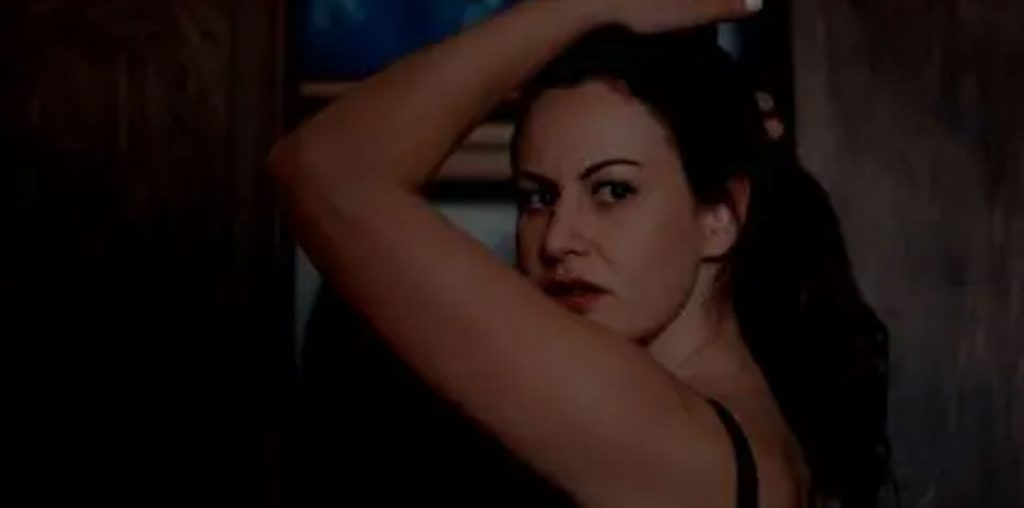
Fast-forward to May 1999. The Phantom Menace, the first installment of Lucas’ ambitious, self-funded prequel trilogy, was released to unprecedented eagerness and expectation. This, it was predicted, would be the filmmaking event of the century. After sixteen years of waiting patiently for a new Star Wars film, devoted fans camped outside theaters in the final weeks leading up to the film’s release. Indeed, filmgoers everywhere were gripped by an almost religious fervor. And industry observers were left reeling by a hurricane of hype that tore through Hollywood, engineered by the world’s most powerful independent filmmaker, the ruler of an entertainment empire based in San Francisco in what must feel like a churlish affront to the city of dreams.
But this first prequel was a major disappointment. Was it the unrealistic expectations and unflagging hype? Or perhaps the predictable output of a rusty, domesticated and insular filmmaker who had never been any good at writing and directing anyway? Loyal fans looked more or less in vain for positives and pointed (a little desperately) to the critical drubbing that the first Star Wars film, Episode IV: A New Hope, had received. They wanted – demanded – that The Phantom Menace be a new hope in an age of derivative and cynical filmmaking. But the reality was that Lucas, in his zealous reliance on the liberating forces of new filmmaking technology, made the type of film he and his loyal fans derided Hollywood for making: a shallow showcase of style over substance. A convoluted story populated with contrived ciphers, and (as some sensationally observed) thinly-veiled racial stereotypes, including Jar-Jar Binks, a jarring, unintelligible, computer-generated klutz that ten year-olds loved but twenty year-olds couldn’t stand.
When Lucas was forced to emerge from his creative compound to face his accusers, he defended his creation by blaming embittered critics – critics, he said, who didn’t understand that The Phantom Menace was targeted squarely at kids between the ages of five and thirteen, just as the other Star Wars films had been.
What Lucas had conveniently forgotten was that twenty and thirty-year-olds got just as much out of the first Star Wars trilogy as the wide-eyed children of the late 70s and early 80s, who, Lucas had felt, badly needed revisionist myths in their lives. But it is these same kids, now all grown up, who lament the failure of Lucas’ most recent work to give their inner young’un’s new myths to chew on. So much so that they have decided to re-edit The Phantom Menace – to make the great new Star Wars film Uncle George didn’t or couldn’t make. Last month, rumors began circulating through Hollywood – someone, someone skilful in the art of film editing, had taken an off-the-shelf copy of The Phantom Menace and turned it into a good movie.
Purportedly, they’ve managed to make the film more palatable to the original Star Wars generation by reducing Jar-Jar’s screen time and making him less inclined to crack poop-jokes. They’ve made Anakin Skywalker, the film’s central protagonist and the future Darth Vader, less brattish, and they’ve deleted superfluous scenes and masturbatory moments of gee-whiz visual-effects wizardry. Many suspected it was the revisionist work of fan-boy filmmaker and self-hating Catholic, Kevin Smith. When Smith denied any involvement in the creation of what was quickly dubbed “The Phantom Edit,” reports came in of the emergence of a second fan-cut of the film by another anonymous fan, filmmaker, or fan filmmaker. Devotees the world over clamored to post desperate pleas for copies of either version on Star Wars-related newsgroups. Prominent fan web sites wrote favorable reviews and proclaimed a kind of delayed deliverance, while comic-book emporiums across America were brimming with fans who stood before TV screens in slack-jawed amazement, watching proudly-displayed copies of either cut. Some real-world Indiana Jones had just unearthed the Star Wars equivalent of the Ark of the Covenant, the new Star Wars film everyone wanted The Phantom Menace to be, buried within Lucas’ original cut.
Get the whole story in part three of “STAR WARS THE PHANTOM EDIT”: THE FAN’S CUT>>>
